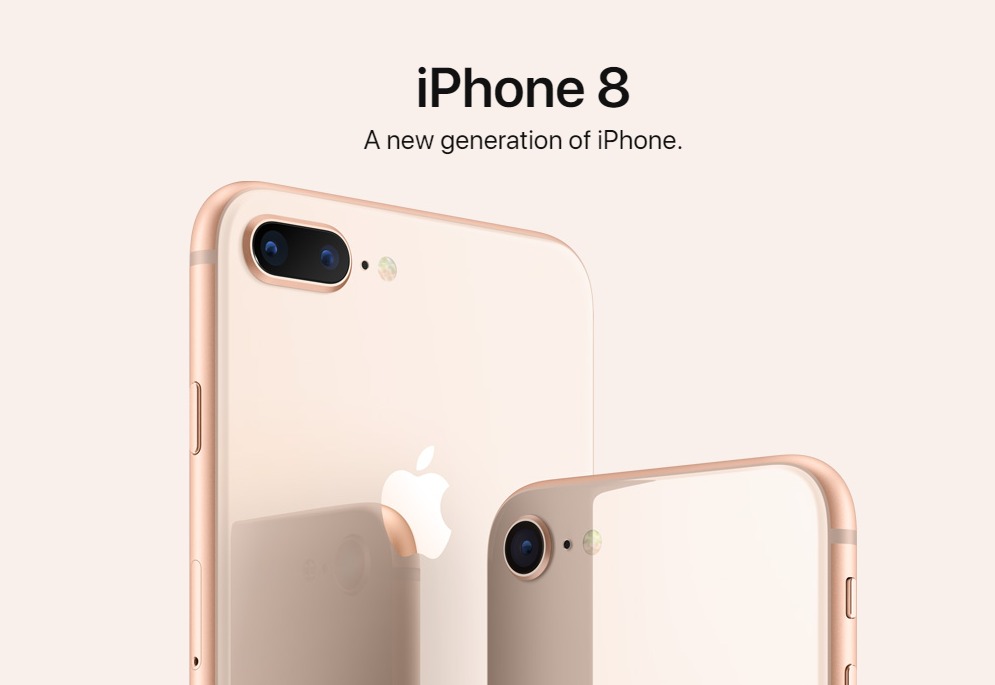


The notch at the top of the iPhone XS contains a camera that allows for Animoji and Memoji, where emoji can be animated by mapping your face – this feature is locked to the iPhone X, XS, XS Max and XR, and isn't a feature that appears on the iPhone 8 Plus, so bear that in mind.īoth the iPhone XS and iPhone 8 Plus have dual cameras, which allows for background de-focus and a more comprehensive photographic experience – however, due to the way the phones are packaged (to accommodate for the iPhone X notch), the camera array is vertical on the XS but horizontal on the 8 Plus.īasically, the iPhone 8 Plus is the larger-screened version of the 8, with better battery and more heft. With the iPhone 8 Plus, it's Touch ID fingerprint scanning, as it has been for years with the iPhone XS, you're unlocking with your face, using the nattily-named Face ID. The other big difference to consider is how you unlock this phone. That's a larger phone with a smaller screen – that's what losing the bezel brings. So what are you getting for that (slightly) higher cost? Primarily, the screen – you've got a bezel-less 5.8-inch display with a 1,125 x 2,436 resolution, and it's OLED display technology too – that's superior to the 5.2-inch 1,080 x 1,920 screen on the iPhone 8.
New things for iphone 8 android#
Apple has confirmed as much as well as revealing iOS 15 in full, with features including Android users on FaceTime calls, statuses in the Messages app, a redesigned weather app, and more.
New things for iphone 8 software#
Update: The iPhone 8 Plus will get iOS 15 when the software rolls out later this year, probably in September. There are some strong upgrades from the iPhone 7 Plus too: the camera has been enhanced, the internal workings are still among the most powerful in the industry, and little tweaks throughout smooth off rough edges in a way that makes us feel Sir Jony Ive climbed inside his computer and lathed them off himself.Īdd to that a better battery and screen, and the iPhone 8 Plus is the better iPhone compared to the smaller 8. And for those who prefer a home butotn and Touch ID instead of Face ID, the iPhone 8 plus remains an option. We can only interpret that this is now the 'default' iPhone – the one for folks who aren't looking to spend exorbitant sums of money on a handset, or not keen on big changes, when shopping for a new iPhone. Apple has never changed things for the sake of it, but the 8 Plus is the company's final nod to the design it relied on for years before the iPhone X arrived in 2017 to move the dial dramatically, plug in reams of new technology, and change the way we think about the iPhone.


 0 kommentar(er)
0 kommentar(er)
